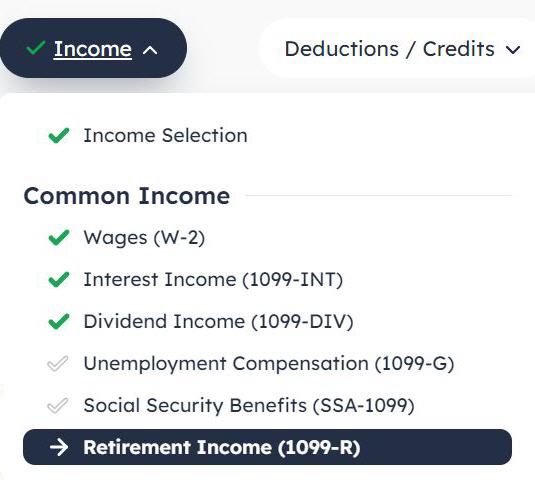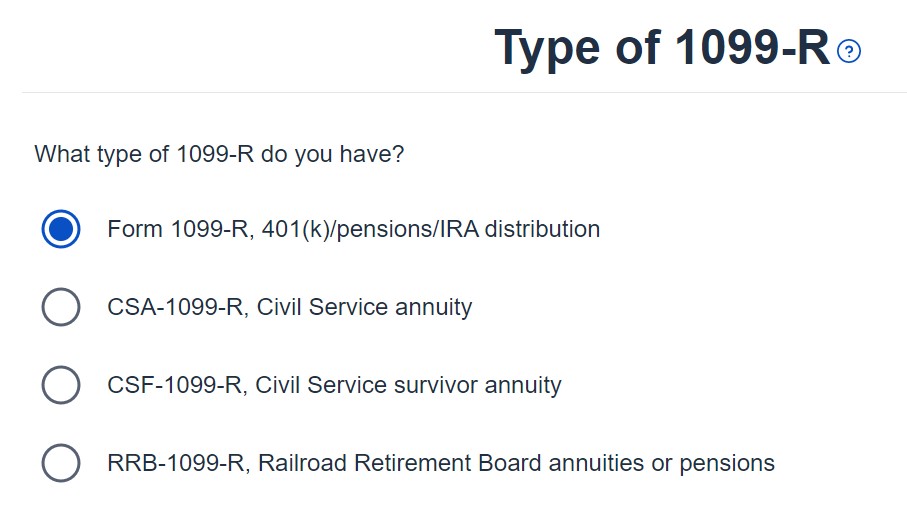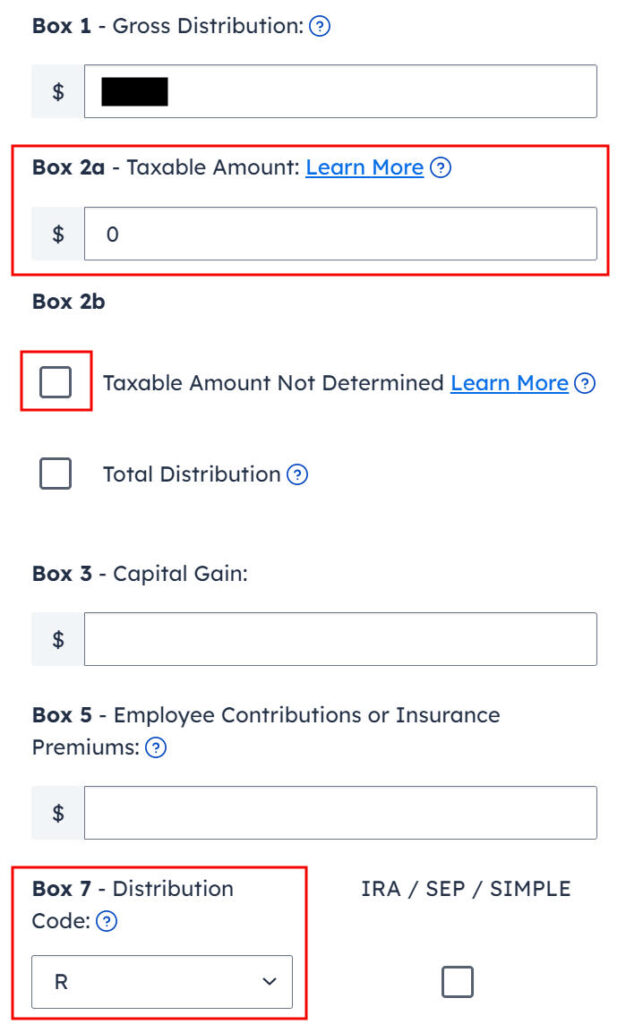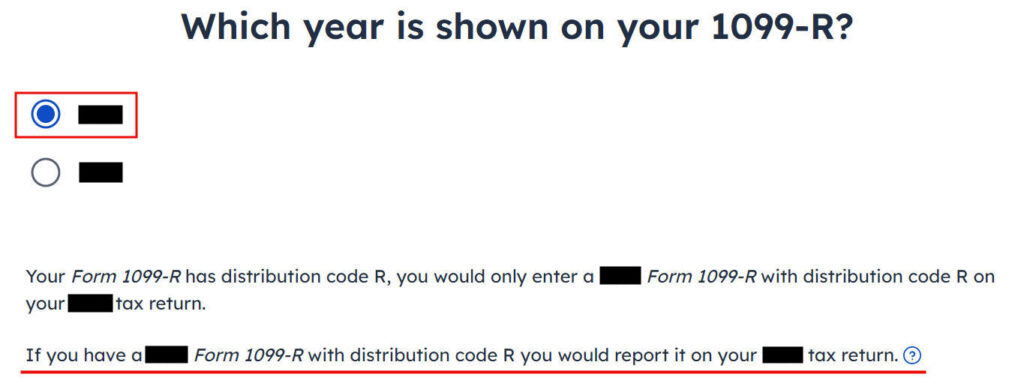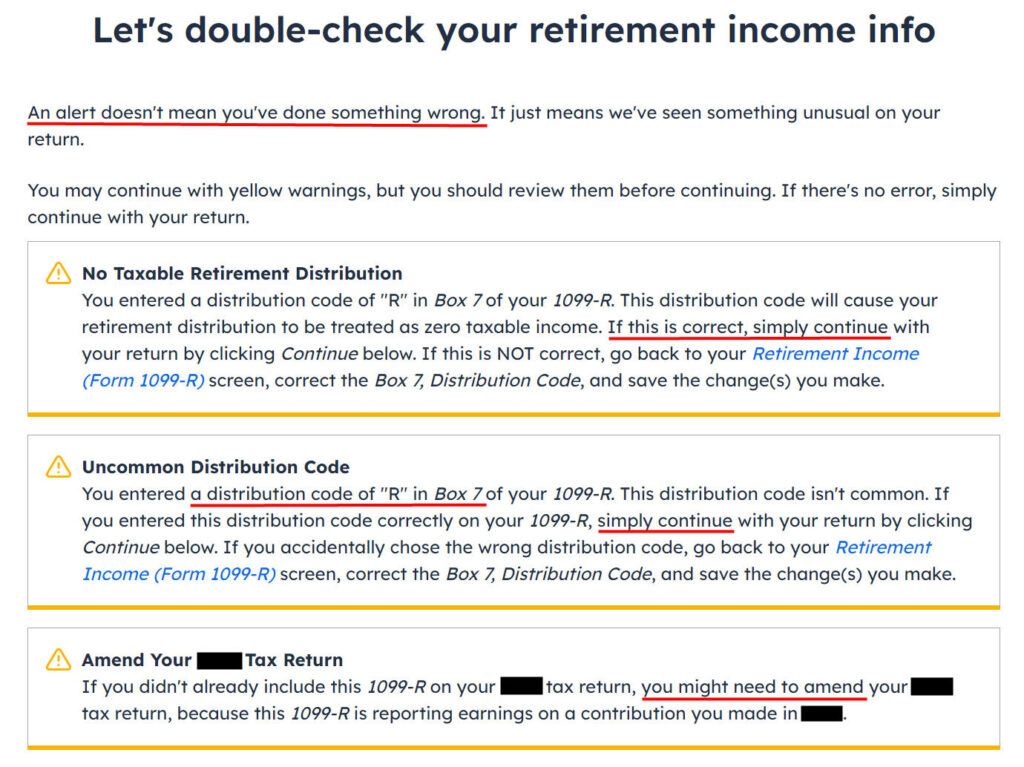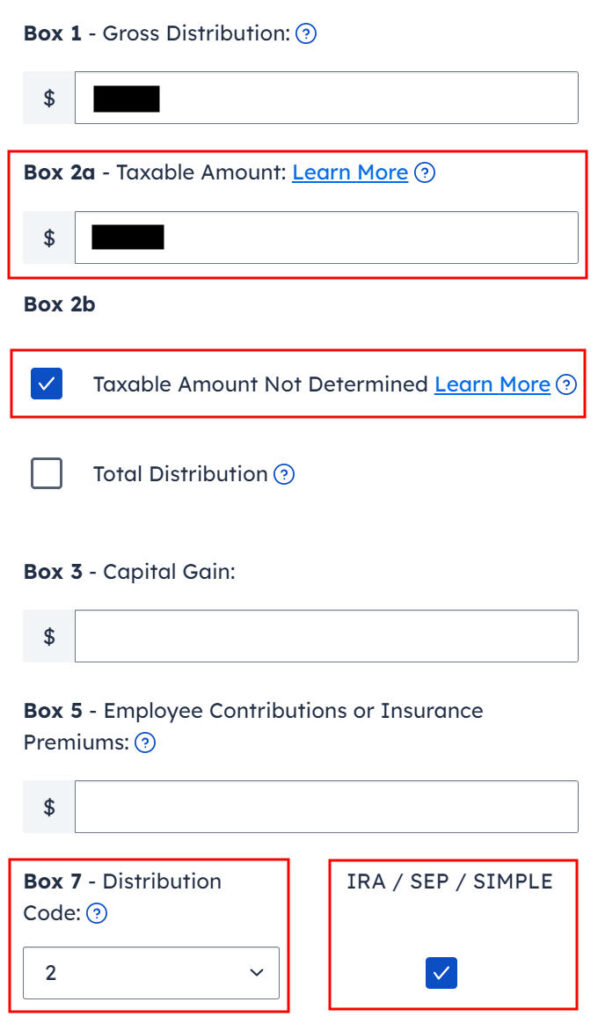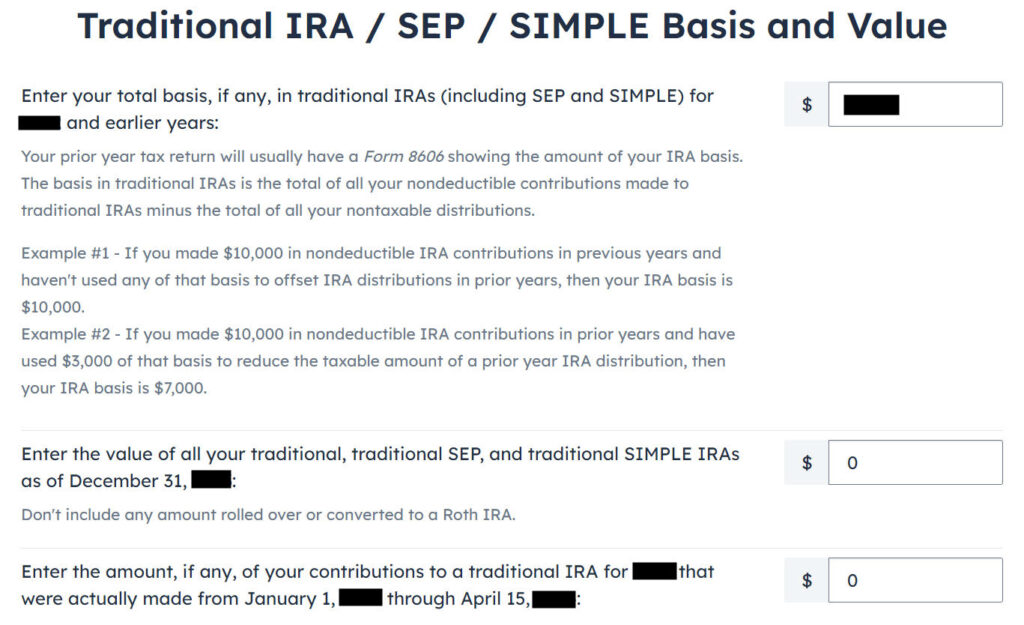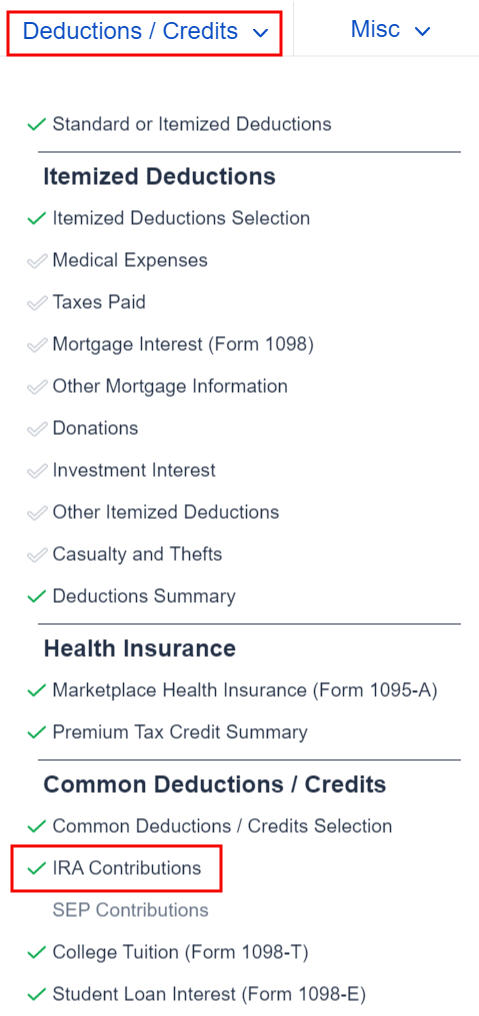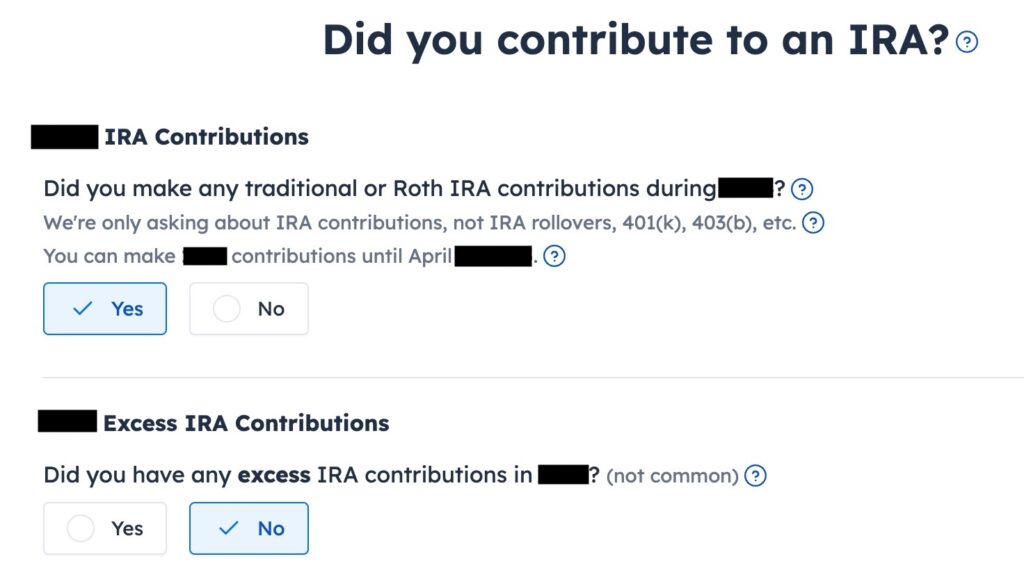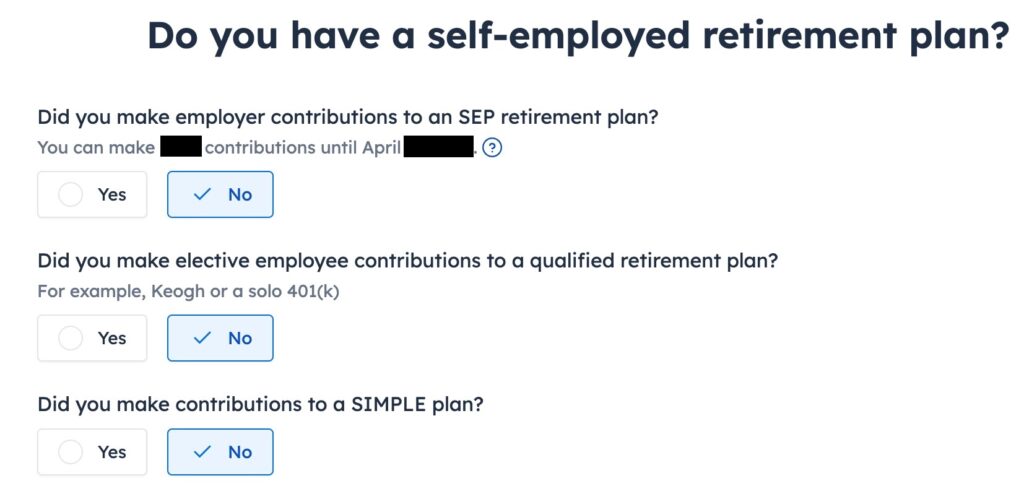Auto and homeowners’ insurance have gotten a lot more expensive in recent years. Many people experienced premium increases of 10%, 20%, or more on their renewals. Inflation in materials and labor, technological advances in vehicles, weather events, and natural disasters are all causes to blame.
A friend asked me which insurance company I used for my homeowners insurance when AAA insurance wanted over $3,000 a year to insure his home. I sent him to the independent insurance agent I use. The agent placed him with the same company I’m with. The premium was a little over $1,000, saving him $2,000 a year.
Sales and Service Channel
Home and auto insurance companies sell and service policies through different channels. Some insurance companies market directly to consumers by heavily advertising on TV and streaming platforms. I’m sure you’ve seen ads from GEICO. You buy their policies online, use their website to renew or make changes, and call a toll-free number for customer service.
Some companies sell policies through a group of captive agents. Both the company and the agents are exclusive to each other. You go through a State Farm agent if you want insurance from State Farm. The State Farm agent only sells policies from State Farm. Allstate and Farmers also operate under this model.
Some other companies sell through independent agents. These agents are small businesses that sell policies from many insurance providers. They serve as a shared outsourced sales and customer service department for the insurance companies they represent.
It doesn’t cost you anything to use an independent agent. Insurance companies pay commissions to independent agents, saving money on advertising and staffing their own sales and customer service call centers. The independent agents handle all consumer interaction, including new policy sales, coverage changes, and claims.
Using an independent agent doesn’t guarantee you’ll have the lowest premiums. The agent can shop for you among all the companies they sell for, but they can’t quote policies from companies that don’t sell through them. You can only find out whether GEICO or State Farm offers a better deal by going to GEICO or State Farm. Getting quotes from an independent agent only taps into a pool of insurance carriers that you otherwise don’t think of.
Finding an Independent Agent
I found my independent agent when I first moved to a new state. I read the comparison report published by the state insurance department (see State Government Helps You Find Lower Auto & Home Insurance). One company jumped out as offering substantially lower premiums, especially in homeowners insurance.
This insurance company is over 100 years old, but I had never heard of it because it only operates in one state. I saw on their website that they only sold through independent agents. I used the “find an agent” feature on the website to find this local independent agency.
Safeco (owned by Liberty Mutual) is a large national insurer that sells exclusively through independent agents. Using Safeco’s website is an easy way to find an independent agent near you. You are not trying to get insurance from Safeco; you’re only using its website to find an agent. An agent that sells for Safeco also sells for other companies.
You can also Google “independent insurance agent” plus the name of your city.
One-Stop Shop with Better Service
I started working with my agent on a renter’s policy when I was renting. The landlord wanted us to show proof of renter’s insurance that covered sewer backup. Most renter’s policies don’t cover sewer backup because it’s typically covered in a landlord’s policy. The agent put in extra effort to find a renter’s policy that met the landlord’s demand. The premium for the renter’s policy was only $150 a year. The agent’s commission on it couldn’t be that much.
An independent agent is separate from the insurance company. You can tell the agent things that you don’t necessarily want to tell the insurance company yet. When I had a broken windshield, I asked the agent whether it was worth filing a claim and risking raising my premium. The agent told me how that specific insurance company typically treated glass claims on renewals. When I was considering buying a home, I asked the agent for a quote to factor it into the budget, even though I don’t own the property yet. When I needed a home inspector, I asked the agent for a recommendation, which worked out great.
The agent re-shops my auto, home, and umbrella policies among the companies in their universe each year. If another company offers a better deal, the agent asks me if I want to move my policies. This creates competition among insurance companies that sell through independent agents. The business moves away quickly if an insurance company isn’t competitive.
Your insurance policies may move from one company to another but you still interact with the same independent agent with continuity. Consulting an experienced agent for your insurance needs is much better than calling a remote call center. I also feel good about supporting a local small business and smaller insurance companies as opposed to national and international giants. If the bottom-line price to me is the same, I’d much rather see money going to local small businesses than ad spending going to media conglomerates.
Some insurance agencies also sell health insurance. The agency I work with has a person trained and licensed for ACA health insurance. He helps people with annual enrollment. Using an agent for ACA health insurance doesn’t cost anything extra. The agent earns a commission from the insurance company. The insurance company keeps the commission for itself when you enroll without an agent.
***
If you have only bought auto and home insurance from a national brand, a local independent agent gives you another channel to other insurance companies. You may or may not get lower premiums through that channel, but it’s worth a try. If premiums are comparable, you may like the better personal service from an independent agent and feel good about supporting a local small business.
[Image credit: Pixabay.]
Say No To Management Fees
If you are paying an advisor a percentage of your assets, you are paying 5-10x too much. Learn how to find an independent advisor, pay for advice, and only the advice.























